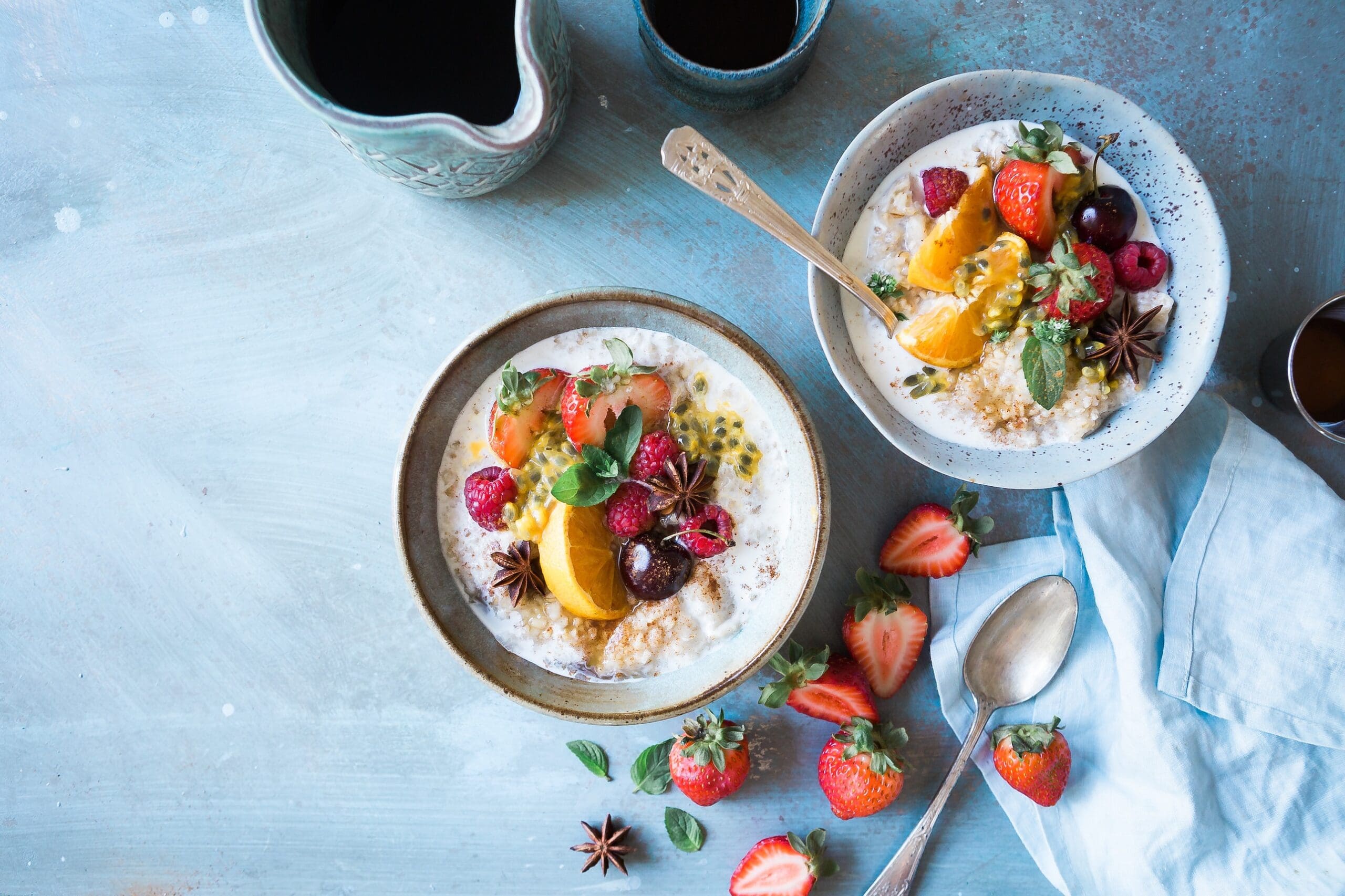Hormone levels and their impact on the skin can be enhanced by your dietary choices
A hormone is a natural substance produced by the body that helps maintain bodily functions. In particular, hormones help relay messages between organs and cells.
Throughout life, women can endure hormonal imbalances, meaning too much or too little of a particular hormone is being generated. Even minute changes can have significant consequences on the body and skin.
The skin is covered in minuscule sebaceous glands which secrete essential oils to retain healthy skin. These glands have receptors that connect to specific hormones such as oestrogen and testosterone.
In addition, the female reproductive system can cause an array of changes throughout the month which effect hormone levels and, consequently, impact the skin.
The worst time of the month is just before a period, when hormone levels drop. This can cause potential added stress, insomnia and poorer dietary choices. A menstrual cycle all vary the complexion and quality of skin from month to month.
There are a range of dietary contributors that alter, impact and enhance hormone health, and these can have a substantial impact on the skin.
Hormones have a huge effect on how much skin can glow.
What we eat plays a major role in whether this glow can come to affect or not.
Here are some facts on hormone health, how they affect the skin and what dietary choices to make to boost hormone levels.
Acne – prone skin
Despite being considered a male hormone, testosterone is completely natural for women to produce, in smaller quantities. Issues can arise here when too much of the hormone is produced by the body, leading to potential breakouts and acne. On the flip side, testosterone is linked to higher energy levels and sex drive and lean muscle mass.

Best foods to boost testosterone: ginger, green leafy vegetables and fortified plant milks boost low testosterone levels.
Glowing Skin
Oestrogen, the primary female hormone produced by the ovaries throughout the menstrual cycle stimulates bone cells, smooth muscles, and improves skin tone and elasticity. This is a result of the hormone stimulating collagen production in the body, proving advantageous for skin.
Best foods to increase oestrogen : Dr Flavia Bueno, an endocrinologist who specialises in female hormonal issues at Sydney Endocrinology, North Sydney, recommends foods that are rich in phytoestrogens (plant oestrogens), to increase oestrogen levels. These foods typically include soy products (such as tofu, soy beans, miso), grains (oats, quinoa, rye) and seeds (flax, sesame and sunflower seeds).
Ageing Skin
With ageing, oestrogen levels decline. This can have a range of consequences, from impacting the tone and quality of the skin to appearing dull and washed out. The levels drop in the days leading up to a period, altering the condition of the skin during that time. Tracking the menstrual cycle enables women to notice skin changes that occur throughout the month. As well as this, keeping an eye on other life factors (including sleep and stress) can assist in developing effective strategies for managing skin problems.
Best foods to boost oestrogen as we age : Avocados, seeds and fish.

Irritated Skin
The skin can highlight any sign of stress; whether it’s work – related pressure, relationship issues or enduring a more serious and complicated hardship. Increased stress increases levels of cortisol which then effects the skin. Technically, the ramifications of such stress on the skin comes down to the stress hormone known as cortisol.
Cortisol boosts the skin’s oil production, likely to cause flare – ups and irritation around any deadlines, sudden news or emotional periods. If feeling stressed, under the weather or consuming an inadequate diet, health supplements may be something to consider. Including an array of essential ingredients consisting of omega 3, vitamin B6 and vitamin B2 play an important role in helping regulate hormonal activity and supporting normal skin.
Best foods : Dr Bueno outlines the possible detrimental effects of stress on the skin; ‘’Stress affects the skin as excessive cortisol leads to an increase in androgens (the major group of male sex hormones) in women, causing acne. If women cease their menstrual cycles because of stress there is a drop in oestrogen levels that affects their bones, leading to osteoporosis, and dry and aged skin,” she said.
Best foods to help reduce cortisol levels : yellow and orange vegetables, such as sweet potatoes and carrots, quinoa, spinach and dark green, leafy vegetables.



